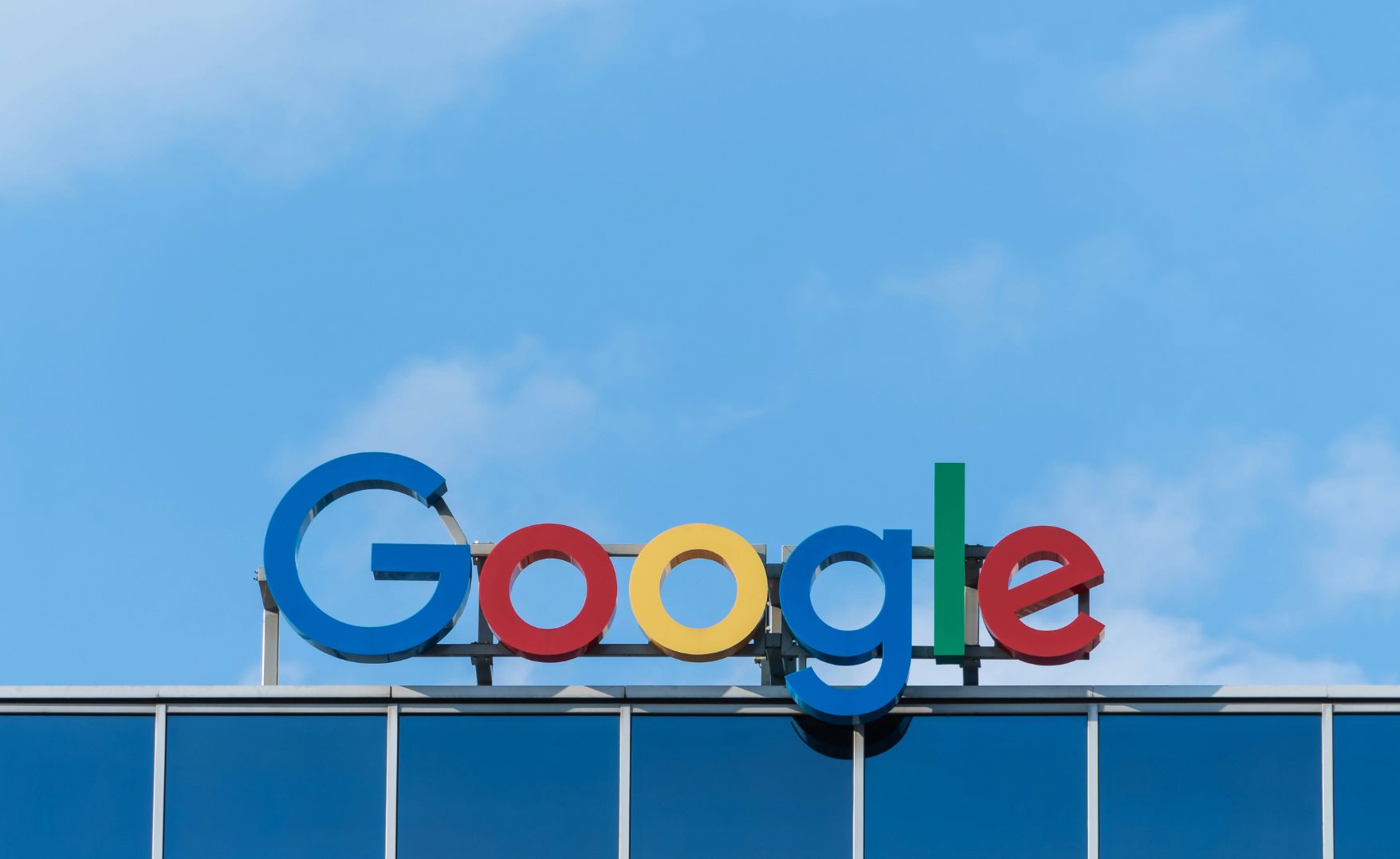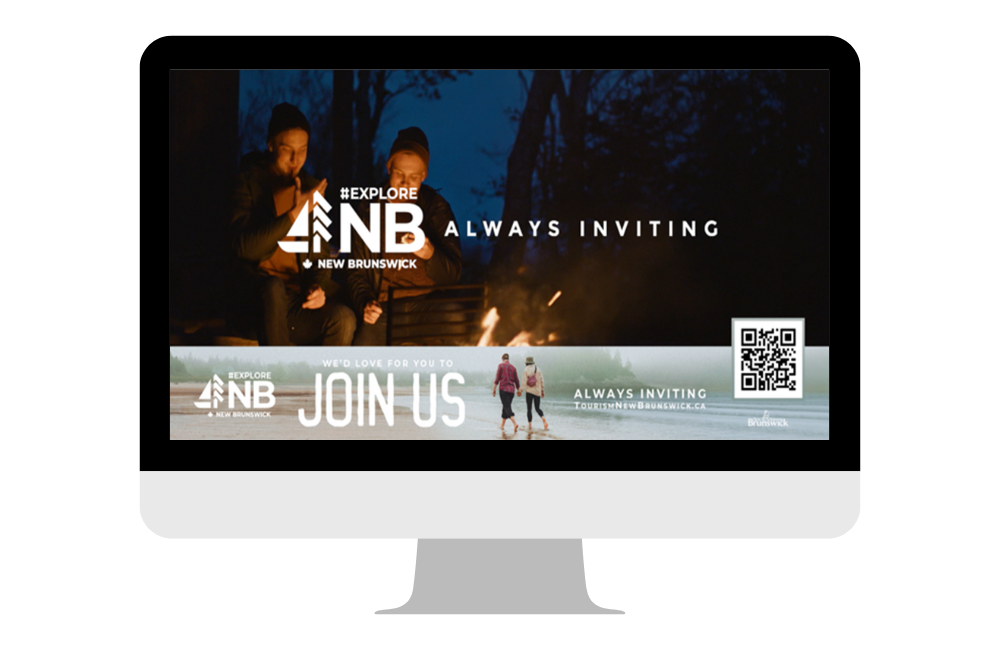
Navigation
Contact Information
Toronto – 320 Front St W Suite 1600, M5V 3B6
Halifax – 2570 Agricola St, B3K 4C6
Email: info@timespacemedia.com
Phone: 902-429-8463
Subscribe to our insights newsletter

The increasing popularity of QR codes in recent years has revolutionized the way marketers engage and connect with their target audience. These scannable, two-dimensional barcodes have emerged as an integral part of innovative marketing strategies, particularly during the COVID-19 pandemic when contactless transactions and touchless interactions became essential for ensuring safety and convenience.
QR codes offer a seamless solution for consumers to access information and engage with brands. With the simple act of scanning a QR code using a smartphone camera or a dedicated scanning app, users can instantly unlock a wealth of content and experiences, helping brands further their messaging and connect meaningfully with consumers.
The Emergence of Quick Response (QR) Codes
Despite their explosive popularity in recent years, QR codes are not new and were first invented in 1994 by the Japanese company Denso Wave. These codes, which store information in both horizontal and vertical dimensions, were initially used for tracking automotive parts in manufacturing processes. Although they have been around for almost three decades, it wasn’t until the COVID-19 pandemic that QR codes truly took off, as restaurants started using them for contactless menus to maintain safety protocols. No doubt aided by the increasing prevalence of smartphones, QR codes have become firmly integrated into our digital-first world and have seen and continue to see widespread application beyond restaurant menus.
The Versatility of QR Codes in Marketing
Within the marketing industry, brands have harnessed the potential of QR codes and used them across various advertising formats to create a seamless digital experience for customers. Considering that the global “QR Code Labels Market size is projected to reach $1268.1 million by 2026, from $916.7 million in 2020” it’s easy to see why brands are eager to make use of them. They can be easily incorporated into traditional advertising methods such as print and out-of-home (OOH) ads, as well as newer formats like connected TV (CTV) and mailers. This versatility enables marketers to add a digital aspect to their campaigns, bridging the gap between online and offline experiences.

To successfully incorporate QR codes into marketing campaigns, it’s essential to consider several key factors. First and foremost, QR codes allow marketers to measure campaign performance by tracking scan rates and click-through rates (CTR). This valuable data can be used to optimize and refine marketing strategies. Furthermore, CPG brands can make effective use of QR codes through connected packaging.
Products that feature connected packaging campaigns using QR codes often generate a 14% scan rate/CTR, which is significantly higher than the average digital advertising campaign (0.01% CTR). Moreover, the cost per click for a QR code scan is essentially free, making it an attractive option for marketers looking to maximize engagement within their budget and for smaller brands with modest budgets.
Beyond affordability, perhaps the most significant advantages of QR codes is their ability to perform specific actions. Marketers can customize QR codes to open a website, download an app, or make a phone call. By scanning a QR code, customers willingly share information, enabling marketers to gather insights and preferences directly. This functionality allows them to guide customers toward desired outcomes and create more engaging experiences. Additionally, as the industry moves away from third-party cookies, QR codes provide a valuable means of collecting first-party data from customers. This enables marketers to create more personalized and relevant experiences, fostering stronger connections with their audience.
The Expanding Market for QR Codes and Smart Packaging
According to Market Research Future (MRFR), the smart packaging market is expected to reach $61.91 billion by 2027, up from $39.82 billion in 2020. Multinational food packaging company, Tetra Pak, claims that connected packaging experiences can result in a 20% increase in sales, indicating that the market for QR codes and smart packaging is on the rise. As the demand for QR codes continues to grow, businesses have an opportunity to leverage their potential and gain a competitive edge in the market.
Successful QR Code Campaigns: HSBC and Shelter
A prime example of an effective QR code campaign is the collaboration between HSBC bank and Shelter, a UK-based homeless charity. The goal of the campaign was to raise awareness of HSBC UK and Shelter’s ‘No Fixed Address’ partnership, which aims to help vulnerable individuals access financial products such as bank accounts. HSBC utilized QR codes in OOH areas with high homelessness rates to promote their ‘No Fixed Address’ service. As a result, the number of bank accounts opened through the service grew by 52% during the campaign, and QR code donations received during the two-week campaign generated enough funds to support more than 100 individuals facing homelessness and housing problems. Furthermore, 20% of QR code donors signed up to become regular donors to Shelter, creating a lasting impact on the charity’s funding and sustainability.
Another example of effective incorporation of QR codes into campaigns was the work Time & Space did with Tourism New Brunswick. We placed QR codes on direct mail flyers and as well as CTV ads with the goal of enticing users to scan the codes to be taken to a designated landing page, where they could enter a contest to win a trip to New Brunswick, and interact and engage further with the website, thereby learning more about New Brunswick and it’s offerings. The tactic saw great success with the direct mail piece achieving an engagement rate of 1.77%, a campaign standout. Both of these successful QR code campaigns demonstrated the power of this marketing tool in driving tangible results and fostering meaningful connections with consumers.
Direct mail using a QR code drove the greatest engagement at 1.77%, with 209 users driving to the landing page, 80% of which drove onto the contest page. Western Canada showed the highest response rate with Manitoba delivering a conversion rate of 2.42%, British Columbia a rate of 2.18%, Saskatchewan a rate 2.25% and Alberta a rate of 1.8%.
Incorporate Effectively for Success
QR codes have become a powerful marketing tool that enhances campaign performance, drives customer engagement, and improves overall results. Marketers who understand their target audience and strategically integrate QR codes into their campaigns can establish themselves as thought leaders, increase brand awareness, and generate better outcomes for their business. As C-Suite executives and Chief Marketing Officers adapt to the changing digital landscape, integrating QR codes into marketing campaigns becomes increasingly important. By embracing the power of QR codes, businesses can create a competitive advantage and drive success in today’s highly connected world. QR codes offer a valuable means of connecting with customers, collecting data, and guiding them towards desired actions. As QR codes continue to shape the future of marketing, businesses can tap into their potential to unlock new possibilities for growth, customer loyalty, and overall success.
Toronto – 320 Front St W Suite 1600, M5V 3B6
Halifax – 2570 Agricola St, B3K 4C6
Email: info@timespacemedia.com
Phone: 902-429-8463
Subscribe to our insights newsletter